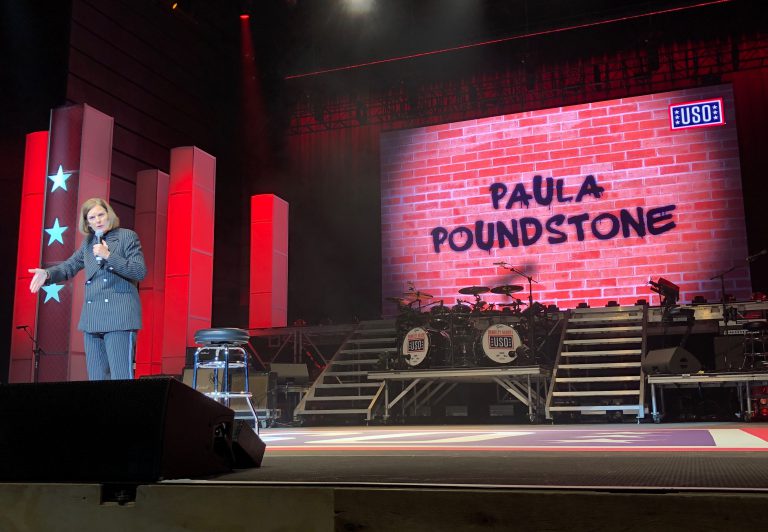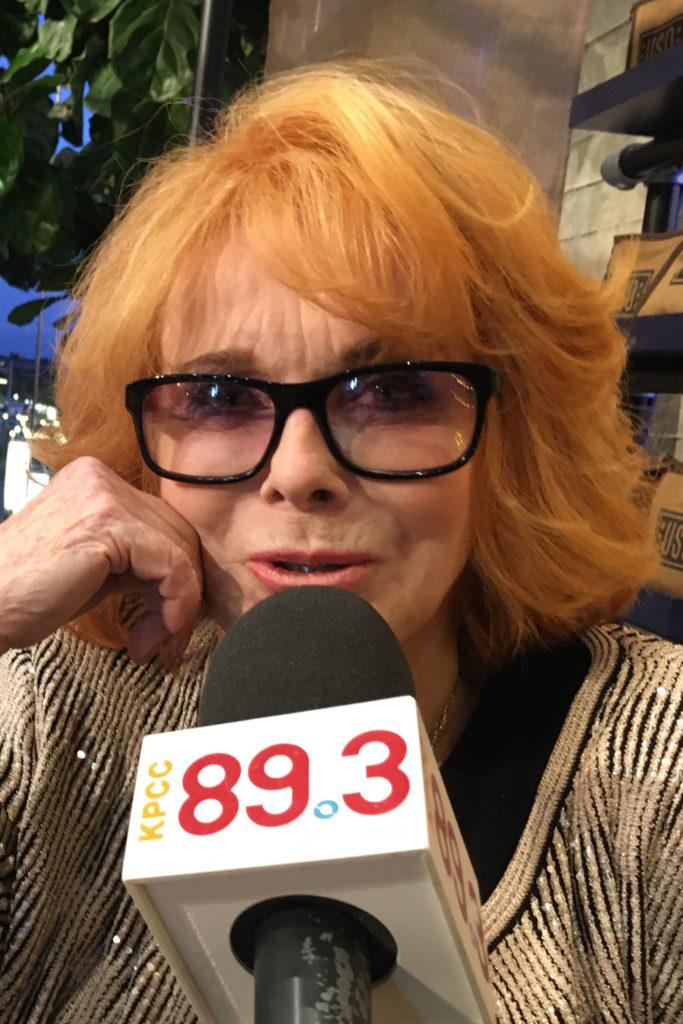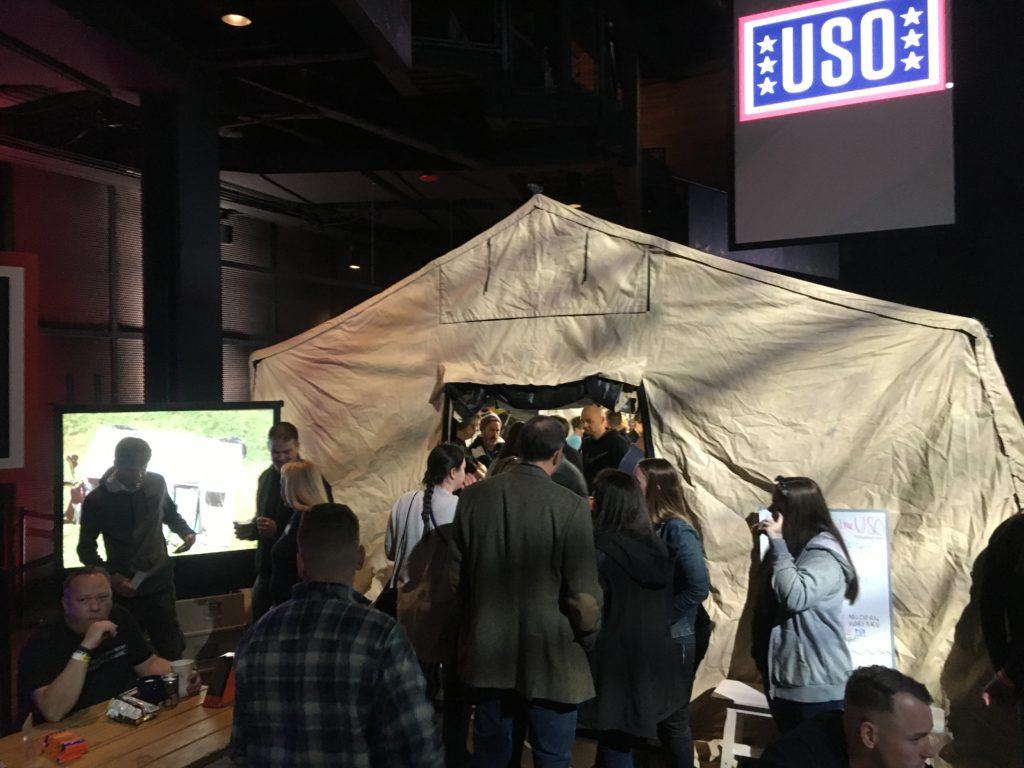
On a chilly evening in Washington, D.C., 1100 service members from all branches of the military settled in at The Anthem auditorum for an evening with the trappings of home: hot dogs, comedy, and country music.
It was a modern version of the shows the USO -- the United Service Organizations - started putting on nearly eight decades ago. The non-profit has boosted morale in the armed forces for nearly 80 years, playing a role in every major conflict since World War II. Today, it operates 230 locations on seven continents, manned by more than 30,000 volunteers.
The USO got its start before the U.S. formally entered World War II. When war came, comedy trailblazer Bob Hope entertained the troops from the South Pacific to the European theatre.
"He wanted to enlist but President Roosevelt said 'nuh-uh - you're more valuable doing what you do,'" recalled Bob Hope's daughter, Linda Hope. "So he took that as a kind of mandate to get out there and bring some laughter to the troops."

Actress Ann-Margret performed alongside Bob Hope in Vietnam in the late 1960s.
"When I went with Bob, there were 85 of us," she said. "There were hairdressers and makeup people and thousands of men and women just sitting in the sun waiting for us to perform."
Ann-Margret was honored at the Washington event for her service to the USO. But the event wasn’t just about the past. It also spotlighted what the USO is doing now.
Yes, there are still shows, but USO president and CEO J.D. Crouch said it's about more than that.
He said the USO improves the wellbeing of service members by reminding them that somebody back home hasn’t forgotten about them.
"The big challenge of military life for these people, men and women, it's not fear of battle or what us civilians might think," Crouch said. "It's separation."
Reminders Of Home
While the USO's mission hasn't changed in eight decades, America has. Around 12 percent of the country served during World War II. Today, less than one percent of the population is on active duty.
With the end of the cold war, military bases became concentrated in the South and far-west, leaving large portions of the country with no military presence and little connection to people in the service.
"That leads to a perception that they are carrying the burden for the country and, increasingly, the perception that this is something that other people do - the people in the service being those other people," said Marybeth Ulrich, a professor of government at the U.S. Army War College in Pennsylvania.
In an effort to fix that perception, the USO invited about 400 civilians to the DC event, where they were given a rare glimpse of military life. At the auditorium, the USO set up a tent much like the ones it provides servicemembers overseas. In it were couches, video games, sodas, and a corner where servicemembers could record books for their children.
Those reminders of home can go a long way, said Marine Corporal Justin Countryman.

"You may not have talked to your family in three weeks, four weeks," he said. "You walk into the USO and the bare minimum, you have at least a phone call. It's welcoming. It's warm."
Civilians and troops in Washington were also treated to a staple in the USO experience: the show.
For one of the headliners, comedian Paula Poundstone, it was a different experience to perform for a largely military crowd.
"It is a little bit daunting, I'll be honest with you," Poundstone said. "You know this is a person who's been through something that I couldn't possibly understand. How now do I relate to them? I think the answer is just [to be] a human being."
This story was produced by the American Homefront Project, a public media collaboration that reports on American military life and veterans. Funding comes from the Corporation for Public Broadcasting.
Copyright 2019 North Carolina Public Radio – WUNC. To see more, visit North Carolina Public Radio – WUNC.9(MDEyMDcxNjYwMDEzNzc2MTQzNDNiY2I3ZA004))









